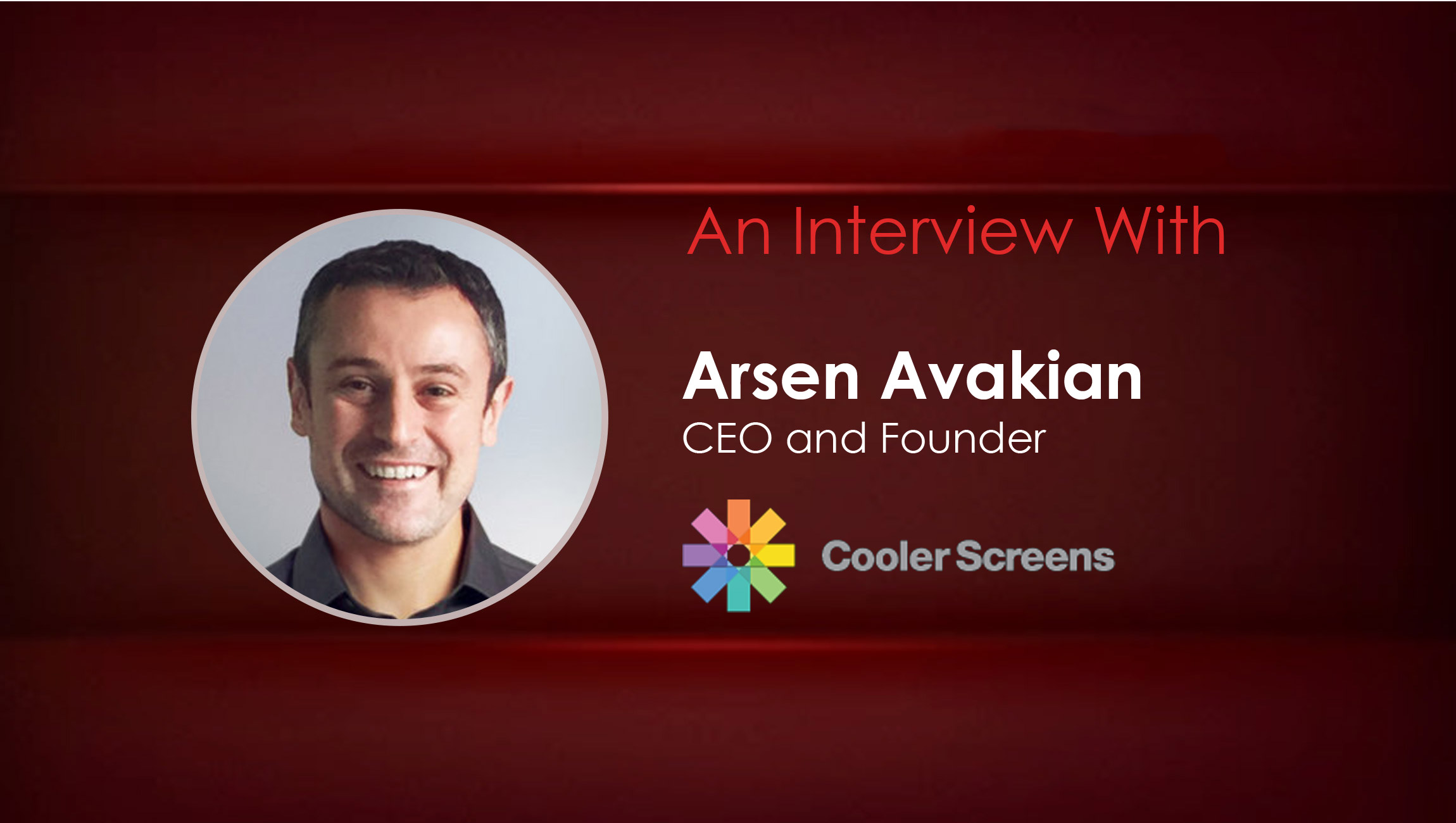Martech which is the shorter form of marketing technology has become a prominent industry over the years. A martech stack comprises a range of software and tools for marketers to achieve their business goals. The Martech Landscape today includes all those vendors who create and provide specified software for powering various facets of the end to end marketing function required of today’s businesses.
While we all have heard a little about the rapidly growing Martech landscape, let us see how it started and how it has evolved over these years.
The Martech Landscape
The Martech Landscape has become since 2011, and it grew a lot over the later years since. And to underline its importance, in 2022, the industry celebrated International Martech Day. Every year, it will be celebrated in May, on the first Tuesday. This year, the day fell on 3rd May.
As the martech landscape saw a massive expansion, it led to a stage where modern marketers now have plenty of martech options to choose from. While it is overwhelming for many marketers to choose the perfect fit from the various Martech out there, the truth is, there is no “best tool” in the market. It is all about finding a solution that will fit your business need. Using Martech today is more like finding bits and pieces addressing a specific marketing operational problem.
Evolution of the Martech Landscape
Today, there are over 9932 known martech apps available for marketers around the globe, several smaller newbies are unaccounted for. These 9k solutions fall under 49 categories meaning these apps support 49 types of marketing actions. But do you know how it started?
In 2011, there were about 150 marketing solutions. From this point, the threshold of 1000 vendors was crossed in the year 2014, and later in the year 2020, the known Martech solutions as a whole were raised to a count of 7000.
The industry saw a jump from 2014 to 2022 but why so? Until the 2000s, marketing was operated with a lot of traditional influences still. It’s around then that marketing and technology started to merge.
Marketing Technology News: The First Metaverse For Content Creators Launches Utility Token Metas
Over time there was a demand for business-oriented software development to support and improve marketing and other associated business processes. Marketing also caught the wave and started to benefit from it’s own specifically built marketing automation. Right from basic email templates to sales enablement, and sophisticated content management software, the Martech landscape has now come a long way covering a range of categories.
With about 10,000 known solutions in the marketing ecosystem, marketing departments are now equipped with the choice of deploying a customized technology stack supporting their marketing professionals in their attempt to meet core business goals.
Top Trends Surrounding the Martech landscape in 2022
The Martech landscape is channeled in three directions, they are:
- E-commerce: With profound and enhanced capabilities, transaction possibilities, interactivity, and sales channel including social media, e-commerce appears to be one of the most effective sales channels, primarily in B2B.
- No Code / Low Code: An increased number of martech solutions allow content marketers to develop their content engines without any technical or professional programming skills. Most tasks that required hard-core coding such as creating landing pages, blogging platforms, video marketing, and so on are easily created by content creation apps.
- BigOps: While the concept of BigOps is still a bit new, it is gaining popularity gradually. The system refers to managing all the operations involved in the digital world and activity of an organization. Right from the online web presence of a brand, to online sales, and ads, to financial flows, customer relationships, design, security, and so on, these tools can support everything. The aim is to render more efficient digital management of these digital business components and concepts.
While marketers want to navigate the martech landscape, they must focus on the following:
- With AI and machine learning remaining on the digital commerce card, marketing has become more personal and martech offers better CX. In the future, we will see more tools relying on AI and machine learning to deliver more relevant data and personalized outcomes in the brand’s interaction with its customers. Thus, marketers must keep an eye on these rapidly evolving technologies.
- With new platforms and ecosystems, there are thousands of martech solutions to choose from. Nevertheless, marketers need to choose according to their business needs.
- Marketers need to focus on performance marketing. The time has come to analyze the data keenly, understand customers and offer them an online experience beyond their imagination and one that is a differentiator.
- While Web3 and Defi are already reinventing core concepts , marketers need to expand their horizons with this further. They need to ensure that they do not miss out on the latest internet revolutions that accompany new martech growth.
Final word
The Martech landscape will keep growing and there will be no signs of slowing down anytime soon to say the least. It is going to get better and better. Even if this means a lot more research for future marketing teams. In the end, it is the customers who are going to benefit from improved experiences provided to them by the brands they interact with.
Marketing Technology News: MarTech Interview With Lauren Vaccarello, CMO at Salesloft











